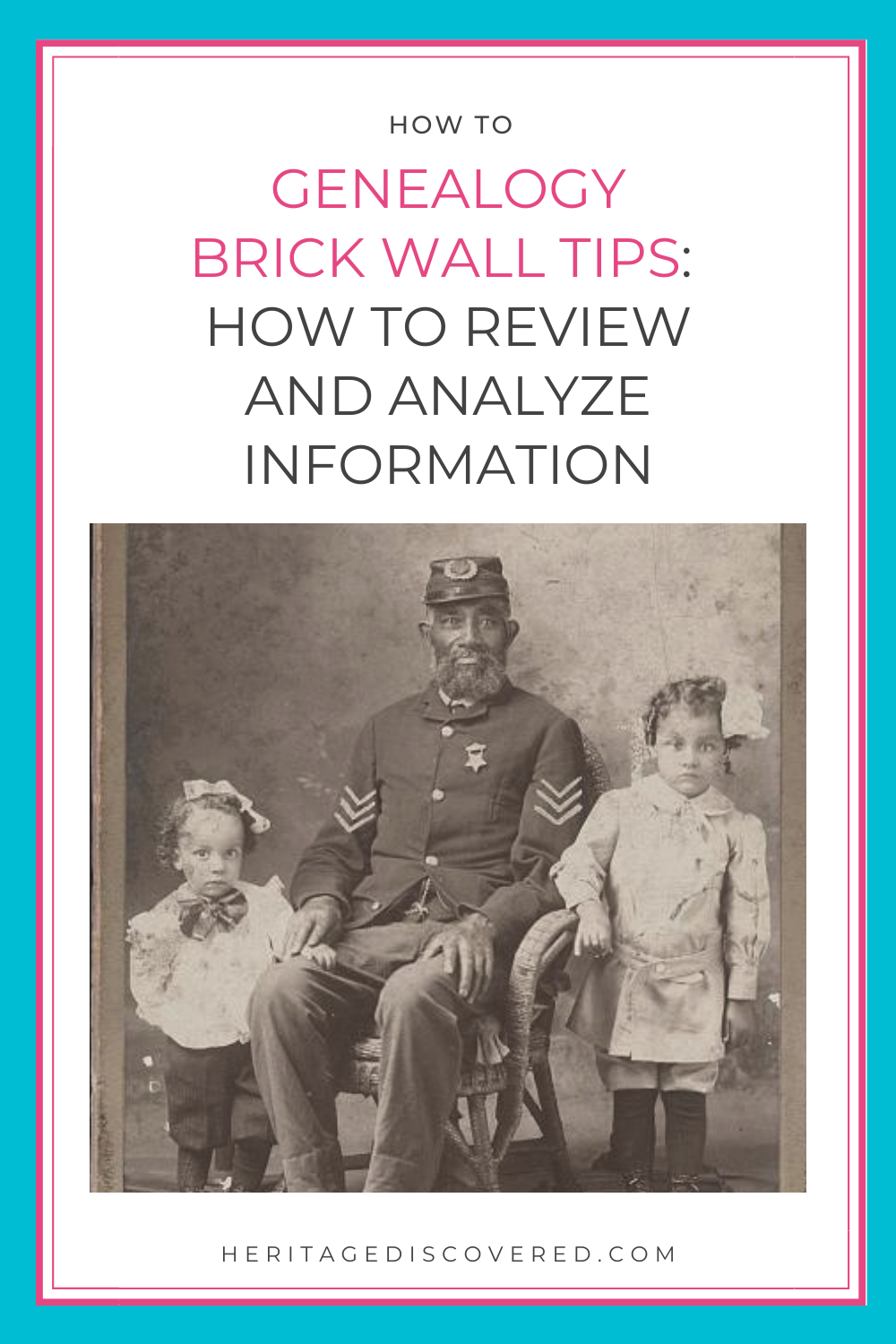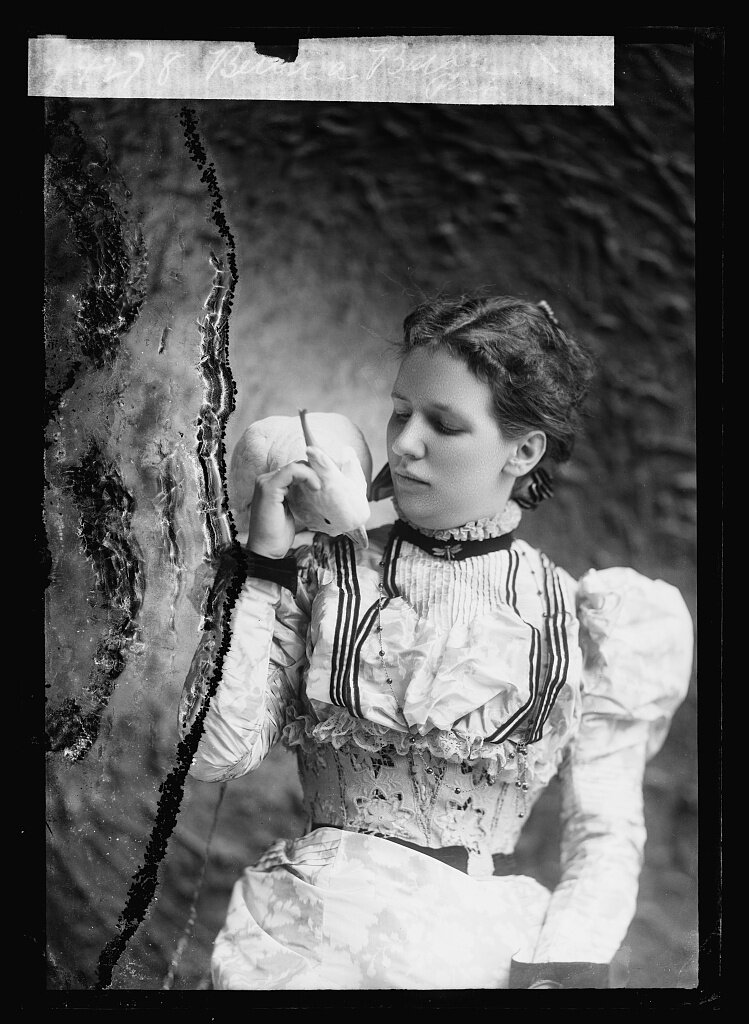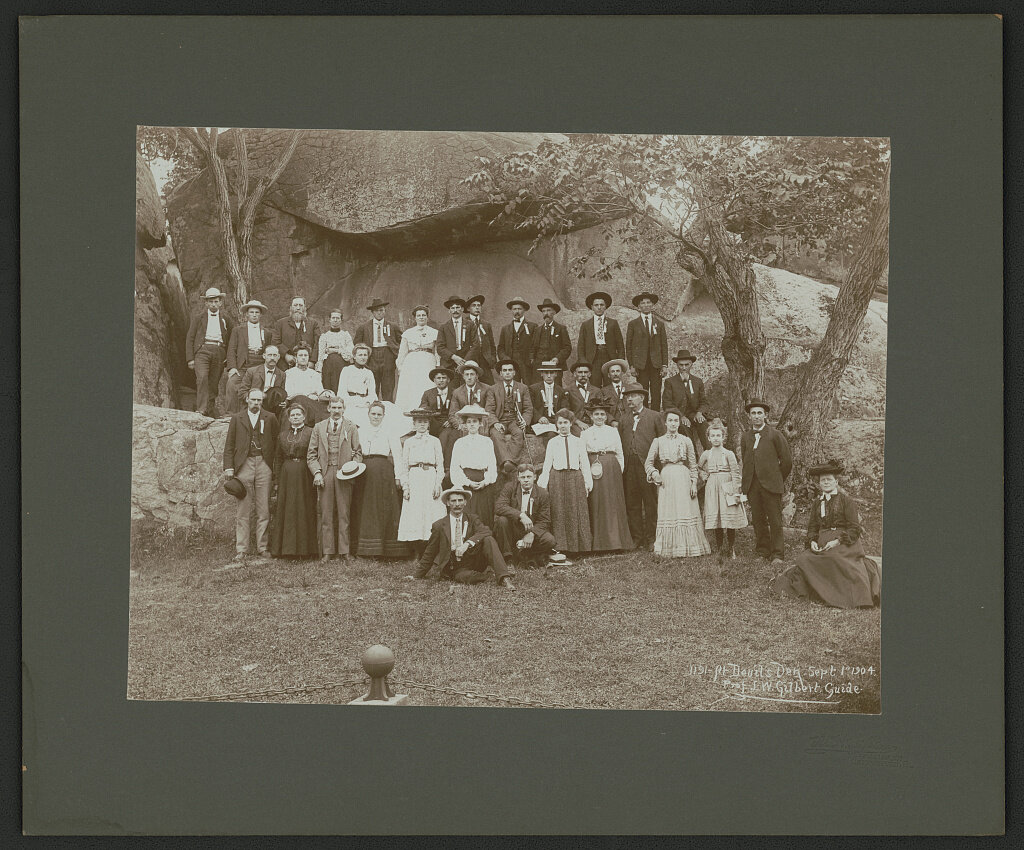Solve Your Genealogy Brick Wall: Review and Analyze Your Research
*This post may have affiliate links, which means I may receive commissions if you choose to purchase through links I provide (at no extra cost to you). All opinions remain my own.
What is a genealogy brick wall?
You may have heard the phrase “brick wall” when it comes to genealogy and been curious about what it means.
This term basically means a person in your tree that you’re stuck on and can’t find any further information on, like their parents’ names.
It feels like they appeared out of thin air and somehow left no traces of their lives behind for you to track down. Total stalemate.
We all have them, and really, at some point every branch turns into a dead end, right?
No matter how long you've been doing genealogy, chances are you’ve hit at least one brick wall, whether you call it that or not.
I never heard of a brick wall until years into my genealogy research, but I knew I had them!
There are lots of different steps you can take when you hit one of these roadblocks.
In this post, I’ll go over one of the first brick wall strategies you should try – reviewing the records you already have.
If you want a deeper dive into how to actually re-examine each record and squeeze out every last clue, I break that down step by step in this post on re-examining records.
Related posts:
Review what you already know
How do you get past a genealogy brick wall?
A key first strategy is to review everything that you have already found for that person.
And I mean everything. Go through all the records you have.
Look at your paper and electronic files. Look at your tree software and your online tree. Pull up any notes you made on that person and any transcriptions of documents. Dig up those random index cards and scraps of paper (or am I the only one with those?).
And don’t stop there. You should review everything you have for their parents and siblings, too.
Gather everything together for that person and their family and put it down on one document in order. Transcribe all the relevant details. This doesn’t have to be too detailed if you don’t want it to be. But I do suggest transcribing the entire document because you never know what may later help you.
For example:
Michael Burke, son of Patrick Burke and Alice Grady. Born Deerfield, Franklin County, Massachusetts 16 February 1871. Baptized 5 March 1871 by Rev H L Robinson. Sponsors were James Dwyer and Jane Liston.
I later learned the baptism sponsors were Patrick Burke’s in-laws. Reviewing this baptism after I knew more about genealogy research pointed me toward investigating the sponsors. This led me to uncovering siblings of Patrick that I didn’t know about, which later led me to discover even more siblings!
While you’re at it, make a genealogy records checklist to mark off what you already have so you don’t accidentally spend time looking for the same thing twice.
Related posts:
6 Common Genealogy Mistakes and How to Avoid them
11 Smart Strategies for Searching for Ancestors Who Changed Their Name
Barbara Berther, circa 1894-1901, Library of Congress Collections
Next steps to bust your brick wall
What should you do after you’ve entered the details from what you have into your master document?
1) The next step is to read through it with an open mind. Sometimes our roadblocks are created by our own assumptions.
Looking at things with fresh eyes may also help you spot something you missed before.
For example:
1870 census, Deerfield, Franklin, Massachusetts
Patrick Burke – 49 years old. Born Ireland. Farm Laborer. Male US citizen age 21 & over.
Alice Burke – 31 years old. Keeps house. Born Ireland. Can’t read or write.
Margaret Burke – 11 years old. Born MA. Attended school within the year.
Mary Burke – 9 years old. Born MA. Attended school within the year.
Alice Burke – 7 years old. Born MA. Attended school within the year.
James Burke – 6 years old. Born MA. Attended school within the year.
Henry Burke – 5 years old. Born MA.
William Burke – 1 years old. Born MA.
Margaret Burke – mother. 70 years old. Born Ireland. Can’t read or write.
Notice how it says Patrick Burke was a “male US citizen age 21 and over”? Yeah, I missed that the first time around when I was a baby genealogist.
My instincts at the time told me to transcribe everything, but I didn’t know to pay attention to all of it! I had also assumed for some reason that no one in my family had become a citizen.
When I realized later that he had become a citizen, I knew there had to be a naturalization record somewhere.
I found it and was lucky that it named his hometown of Croom, County Limerick, Ireland.
From there, I found baptisms in Irish records for the siblings I said earlier I had found from his son’s baptism. Patrick’s baptism no longer exists but locating his siblings' baptisms was still amazing and confirmed the family was from Croom.
Civil War veterans and their families at a reunion at Devil's Den, Gettysburg, 1904, Library of Congress Collections
2) Next, analyze what you have. Does any information conflict or not make sense? If so, how can you resolve the conflicts?
Clarifying conflicting information may be just what you need to get past your brick wall!
Also, think about if there’s anything that stands out that’s worth noting. Like, they were using their middle name as a first name or every census they were in a different place. If so, make a note of it on your report.
I have one census record for my 4x great grandfather that has a mystery woman living with him. Her last name doesn’t match with anyone else in the family, but she is probably a relative because he was way too poor for any household help. Although, she could have been a boarder. I’ve written this down on my report for this brick wall family.
Be sure to also make notes on any future research ideas that come up as your review your information. I like to keep these in a separate section at the end of my master document so they’re easier all in one place.
3) Reviewing the information you have also helps you identify gaps in what you know. What other documents can you come up with to fill those in?
For example, we all know losing most of the 1890 census is a disaster of epic proportions, but you don’t have to have a 20-year gap in your family’s history.
What other sources can you look for to start to fill in holes in time?
Which of those are most likely to help break through whatever dead-end in your family tree you’re trying to get past?
If you can’t find a birth certificate, what about delayed birth certificates, newspaper announcements, or baptism records?
If you can’t track down someone in a census, can you try land records, city directories, or a map of landowners?
4) The review process is also a great time to double-check your citations. Do all of your sources have one? If not, can you remember where you found something and recreate a citation?
If you can’t remember, maybe you can come up with a source with similar information. Or, put it on your future research plans to find it again.
Knowing your sources is critical to evaluating evidence, so don’t skip that step even if it seems boring.
Related posts:
7 Simple Steps to Creating a Genealogy Timeline and Why You Need One
How to Find and Use the Hidden Clues in Obituaries
Why You Need a Genealogy Research Log
Final thoughts
Brick walls in genealogy research are very common but can be a real challenge to solve. Some take years to finally unravel.
One of the first steps to take when dealing with a genealogy roadblock is to review and analyze everything you know about a person and their family. Something may jump out at you and set you down a new research path so you finally get answers!




